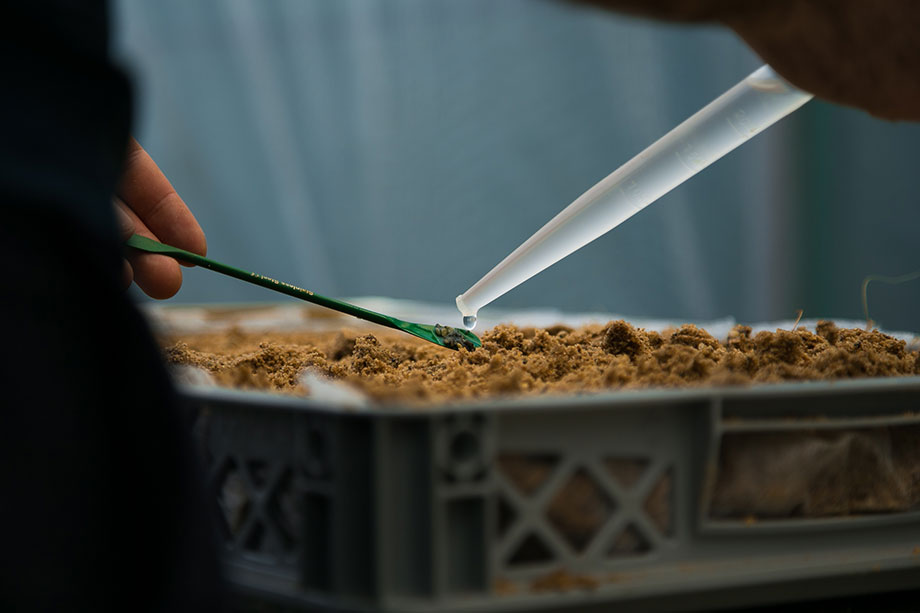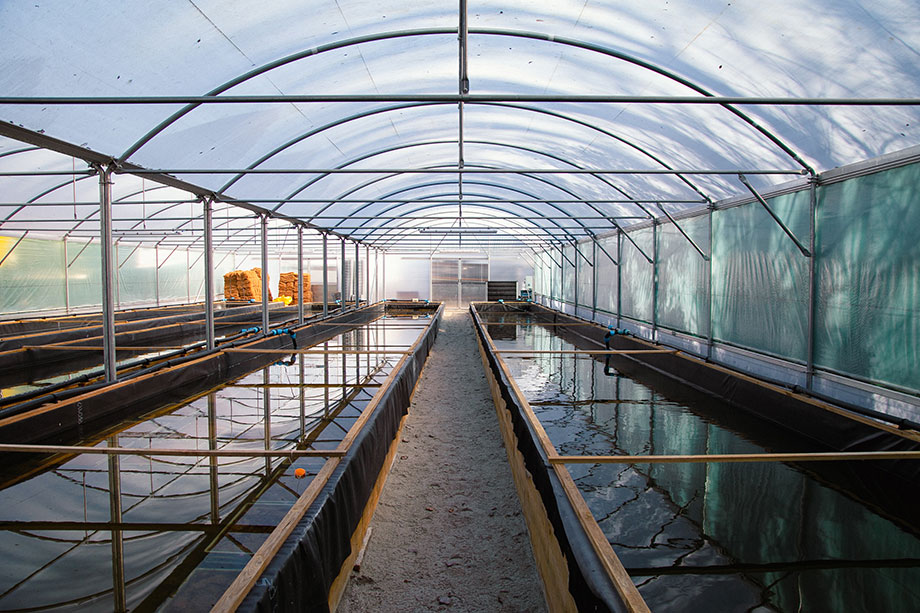UK based charity, the Ocean Conservation Trust, has launched its Blue Meadows project, its biggest and most ambitious seagrass project yet, delivering a holistic approach to seagrass conservation. Its goal is to protect what remains of UK seagrass meadows, and over the longer term restore what has been lost.
Scaled restoration of seagrass meadows is hampered by multiple factors, including poor germination rates, plants only flowering once a year and the high cost of seed collection. To tackle this problem, the Ocean Conservation Trust have constructed a huge 400 square metre purpose-built facility for plant aquaculture, the largest seagrass nursery site in the UK.
It has been able to construct this impressive facility through the support of MDL Marinas and through funding provided from the Green Challenge Recovery Fund. It’s based at MDL’s Dartside Quay on the River Dart in Torbay, a stone’s throw away from the shoreline to allow the seawater to be pumped directly into the facility.
Tim Mayer, Sales and Marketing Director at MDL, said: “At MDL, we’re committed to protecting the marine environment, which we rely on for both work and recreation. Through our #greenermarinas initiatives, we’re aiming to become the UK’s most sustainable marina operator and therefore we’re delighted to be working with the Ocean Conservation Trust and supporting its Blue Meadows project. The importance of seagrass restoration cannot be overstated, given the important role it plays in protecting our coastlines.”

Blue Meadows will deliver vitally important work to protect and restore seagrasses, one of the most valuable and biodiverse habitats on the planet, providing multiple benefits to the environment. They are up to 35 times more efficient at absorbing carbon than rainforests and despite only covering 0.2% of the seafloor, they store 10% of the Ocean’s carbon. They provide nurseries for commercially important fish species, are biodiversity hotspots, with a single hectare of seagrass providing sanctuary for up to 80,000 fish and 100 million small invertebrates and are also home to rare and endangered species like seahorses and stalked jellyfish. Where seagrasses are present, they also reduce the impacts of coastal erosion.
Mark Parry, Development Officer at the Ocean Conservation Trust, said: “We are delighted to have received the support to construct this ground-breaking facility. It plays a key role in our research and development programme which is exploring different techniques to enable large scale restoration of this important habitat, ensuring a healthy future for it.”
The essence of the Blue Meadows approach is one of cooperation to solve a critical problem and to grasp a wonderful opportunity. But to do this, they need the support of boat users, businesses, and harbour authorities. If you would like to be part of Blue Meadows and make a real difference, visit www.bluemeadows.org.




















